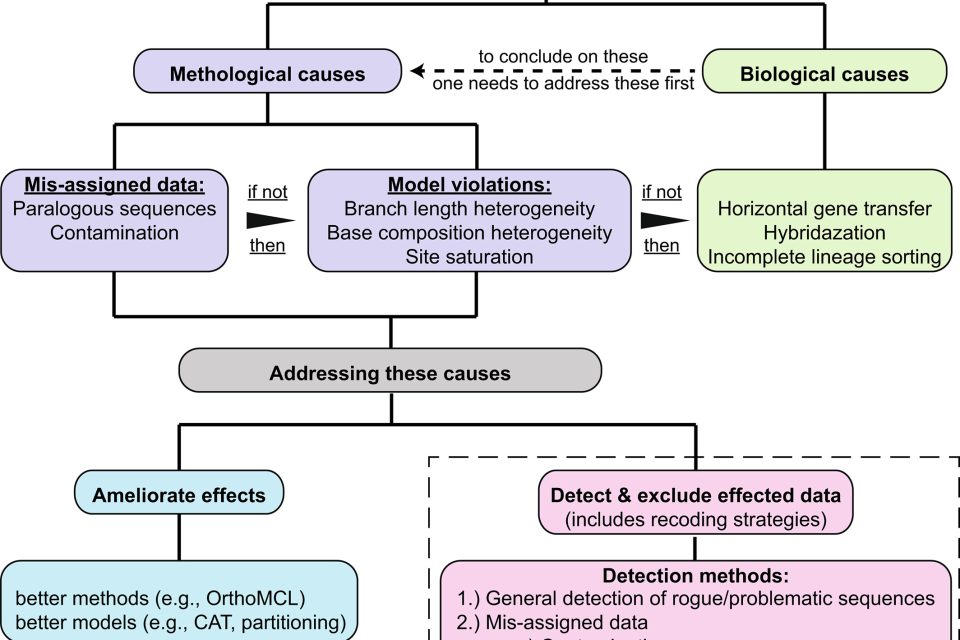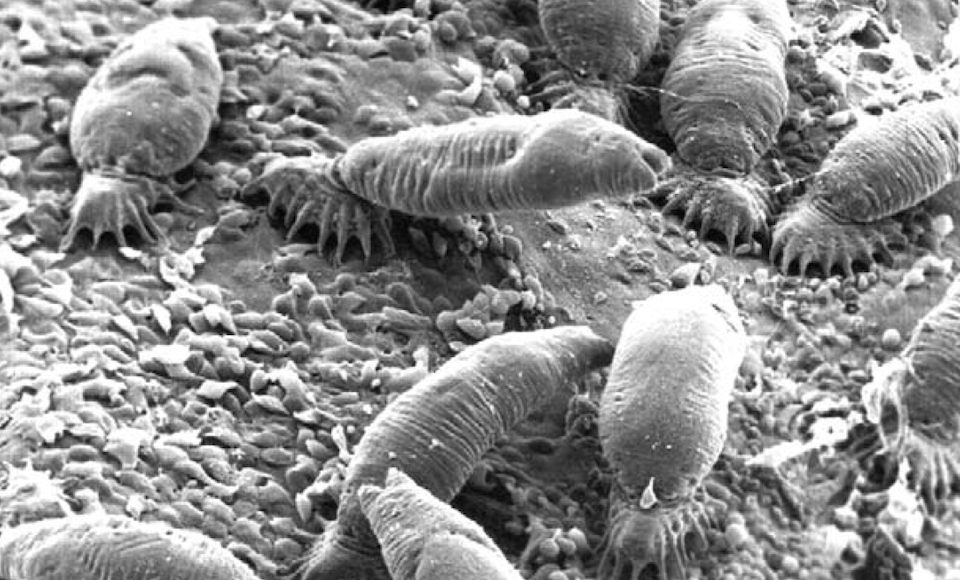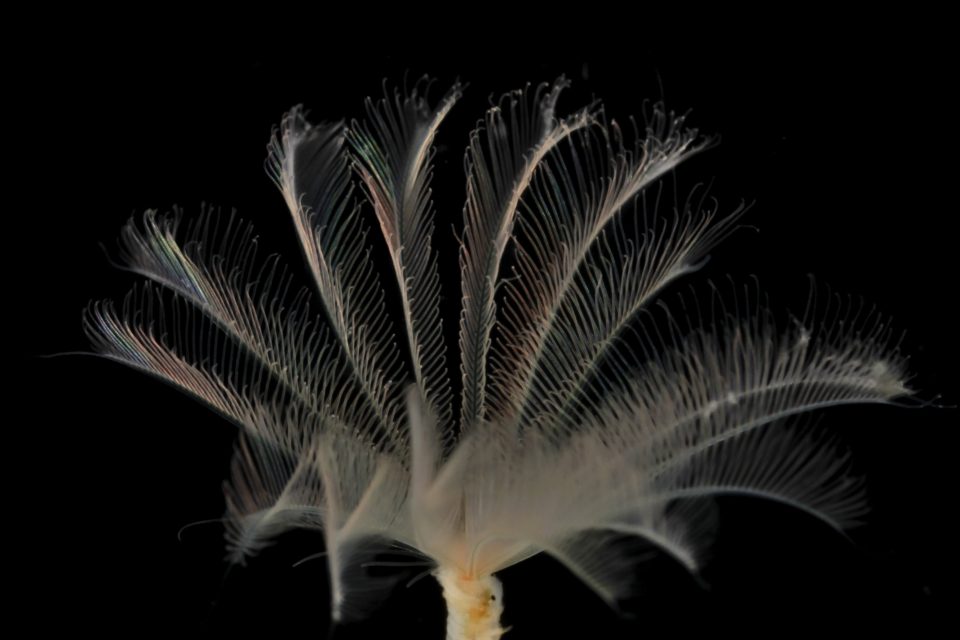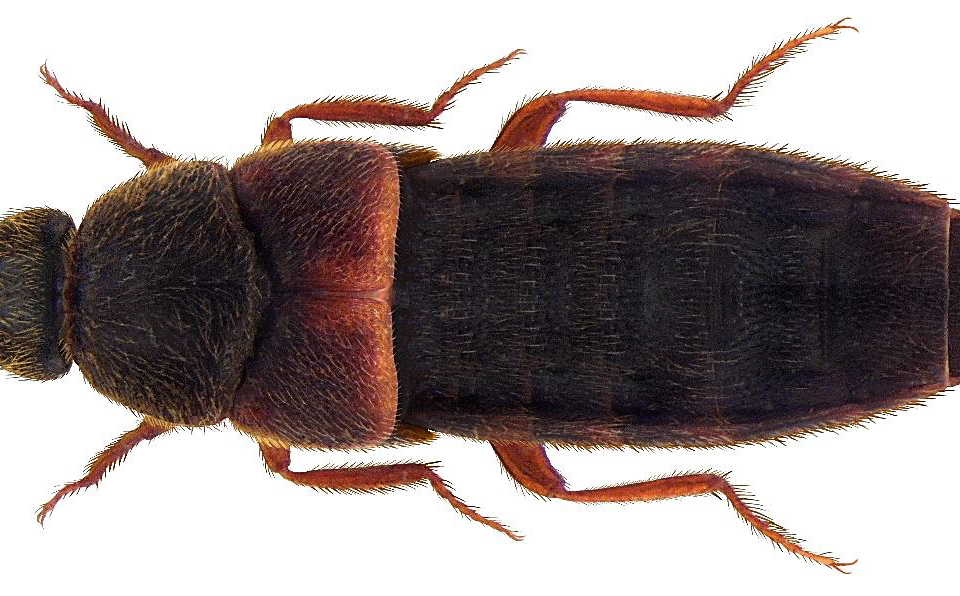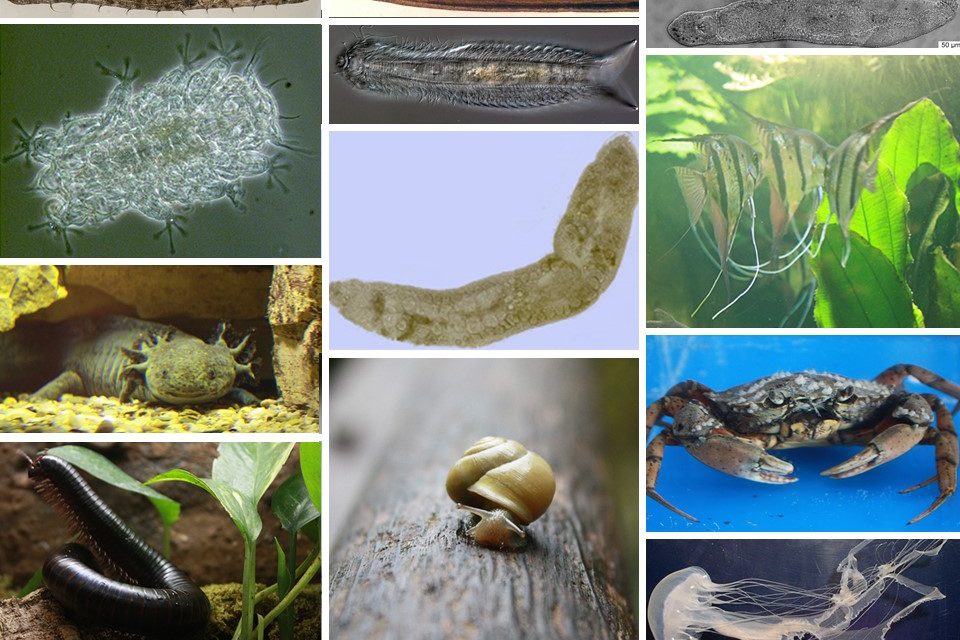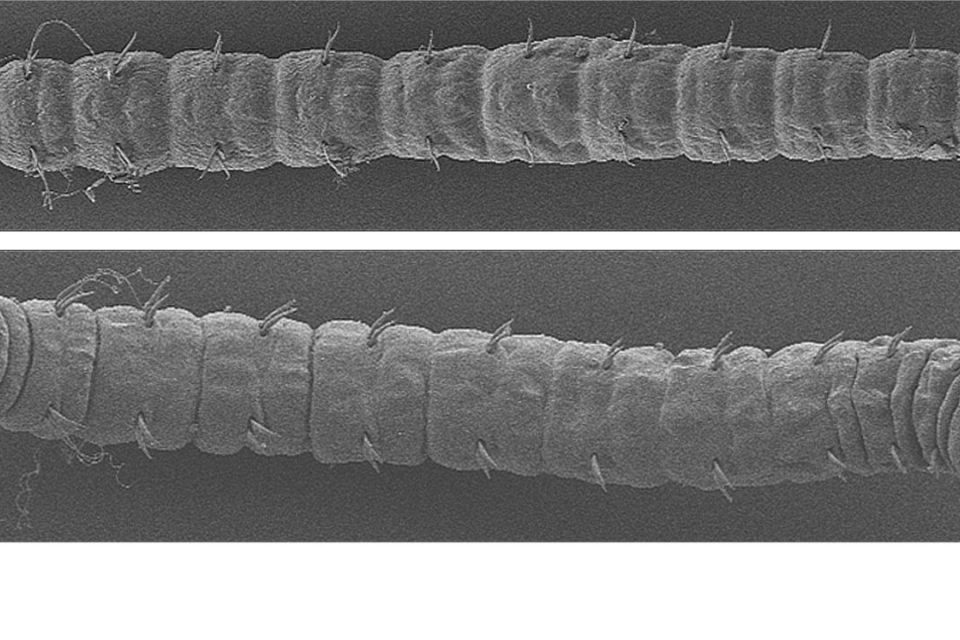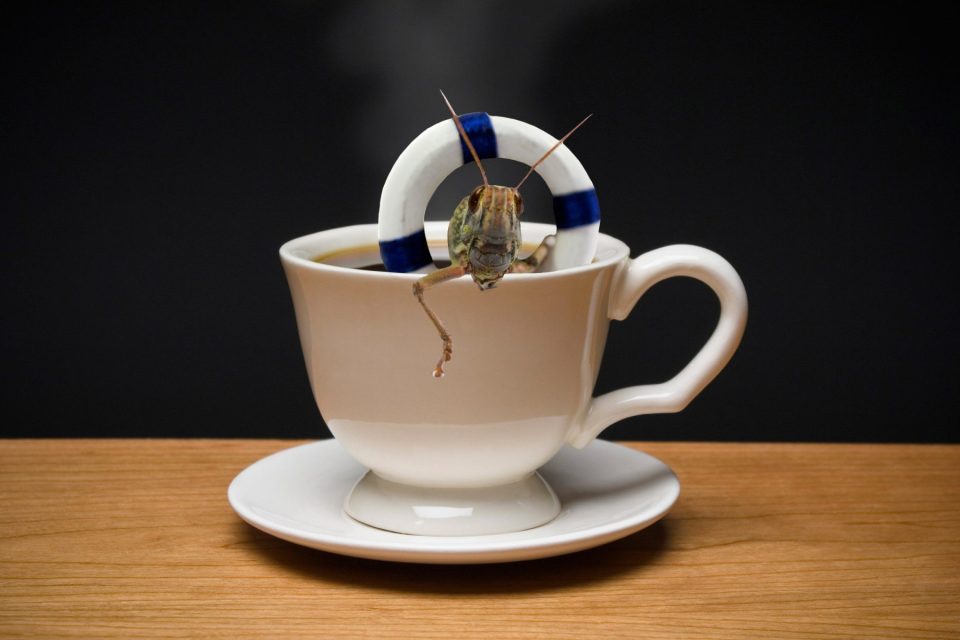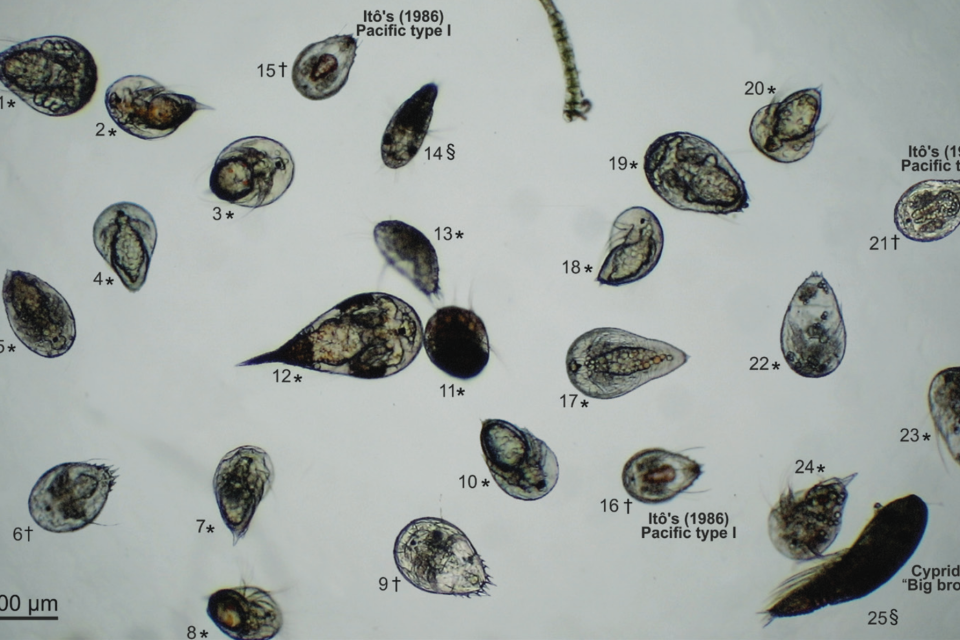
Group of the month: Ostracoda
Sometimes, work and home come together in ways you don’t expect. I decided to get into aquascaping this summer, growing underwater plants and keeping nutrient cycles alive and self-sustaining between the soil, the plants, and small invertebrates. In my research, I was surprised to come across a little […]
